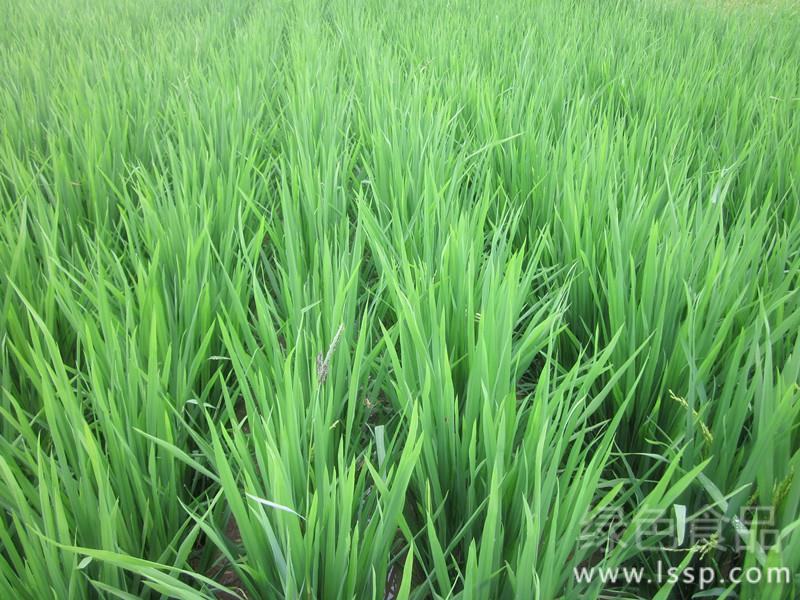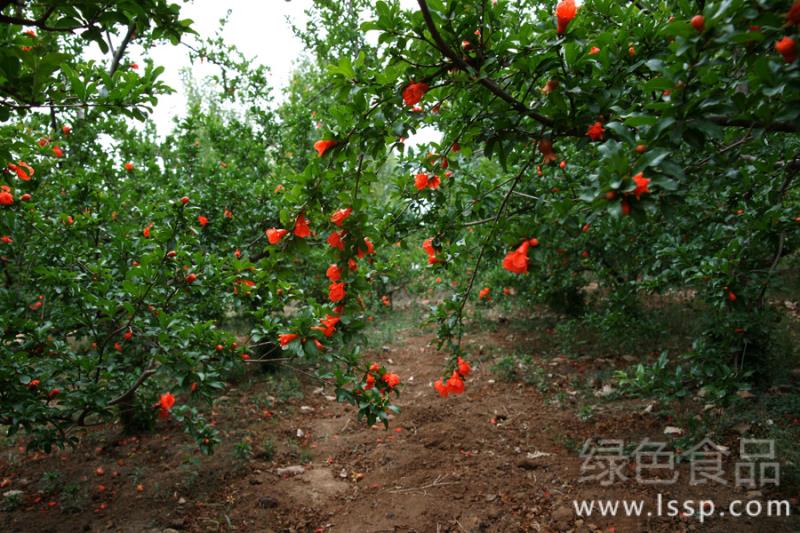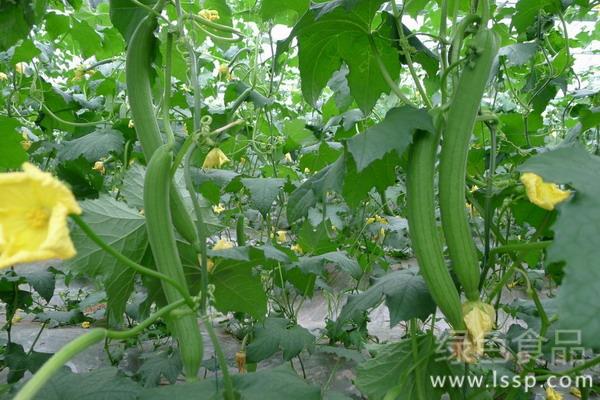High-yielding cultivation techniques of summer rice with late sowing and short growth period
Summer rice, which likes temperature and light, has the characteristics of late sowing and short growth period. Suitable rice varieties should be selected, early sowing, reasonable close planting, control of diseases and insect pests, timely harvest and so on.

Rice
1. Select suitable varieties
It is more suitable to choose rice varieties such as Zhangzagu 8, Jigu 18 and Jigu 19 in summer sowing areas.
2. Watering to store moisture and sowing as early as possible
"fighting for the day in spring and time in summer", sowing late and rice in the later stage are vulnerable to low temperature. In order to gain time, we should water and store soil moisture in the late period of the previous crop, which is beneficial to sowing rice in time after harvest, so as to ensure the effective accumulated temperature needed for rice growth in summer. Sowing as early as possible, we can not carry out deep ploughing, rake or directly do not rake sowing, harvest with stubble, sowing with sowing, and fine management after rice emergence. The suitable sowing time for rice is five days before and after June 20, and the seeds should be washed with clean water before sowing in order to remove the spores of blighted grain and seeds, or to control white disease by mixing seeds with 35% pyrethromycin at 0.3% of rice seed weight. 50% of the seed weight of smut is mixed with carbendazim, and 0.1% of the seed weight of phoxim is used to control underground pests. At the same time, if the seedlings are early and fixed early, there is a folk saying that "an inch in the valley is on top of the dung". Generally, the seedlings should be determined in combination with mid-tillage at the stage of 3-5 leaves.
3. Improve sowing quality and planting density.
If the soil moisture is good but the surface soil moisture is poor, remove the dry soil and sow rice seeds on wet soil; if the soil moisture is poor, sowing money will apply stuffy organic fertilizer into the soil to borrow soil moisture to sow; in case of drought when rice buds arch soil, press the rice buds again to increase soil moisture to ensure the integrity of the seedlings. In summer, rice is sown late, the growth period is short, the panicle is small, and the straw is low, so the planting density should be reasonably increased to strive for yield. The rice density is about twice as high as that of spring rice. Zhangzagu 8, Jigu 18 and Jigu 19 keep 20 ~ 30 000 rice seedlings per mu, 40 000 and 35000 ~ 40 000 seedlings per mu respectively.
Rice
4. strengthen the management of soil, fertilizer and water.
The stages of seedling emergence, jointing, booting, flowering and grain filling are relatively compact in summer. Therefore, fertilizer and water management should be strengthened, about 2000 kg of organic fertilizer should be applied as base fertilizer when raking the land, and after seedling setting, 45 kg urea per mu should be topdressing, rice soil should be cultivated at jointing stage combined with deep ploughing, at the same time, 5kg urea, 10kg 15kg diamine compound fertilizer and 10kg 15kg potash fertilizer should be applied per mu, and 15,17kg urea per mu before heading. The rice entering the filling stage can be foliar sprayed with 2% urea solution to prolong the functional period of the leaves. After topdressing, water should be watered, furrow irrigation instead of flood irrigation should be used to prevent lodging, and at the same time, rice should pay attention to waterlogging and lodging prevention in the later growth stage.
5. Prevention and control of diseases and pests
The main pest of rice in summer is the occurrence of two generations of millet worms a year. The first generation larvae decay the stem in the middle of June, and the second generation larvae decay from late July to early August, which makes the rice plant withered and easy to turn back in case of wind. To control millet borer, use pyrethroids to spray rice after seedling setting and jointing stage, and spray 2.5% trichlorfon powder 1.5-2 kg per mu before stem decay occurs at the end of May and early July.
The main disease of rice in summer is panicle blast. During the paddle stage, the rice appeared white dry phenomenon, which seriously turned into a dead ear that could not bear fruit, resulting in a reduction in yield. Rainy and foggy, the air is humid, the temperature is about 25 ℃, the harm is the most serious, too much nitrogen fertilizer, aggravate the disease. To control rice blast, spraying 500 × 600 times of 65% Dysen zinc solution, or 200 times 300 times of methyl topiramate, or spraying 80 ml Fuji No. 1 pesticide per mu during the period from heading to flowering.
6. Timely harvest
Harvest should not be premature, lest the immature rice grains cause blighted grains, reduce the yield, and not be too late, in case of bird food, strong wind, rice panicle grain friction and grain sprouting in rain, and so on. Generally, rice is harvested at the end of wax ripening or early ripening, when the ear grain color is the inherent color of this variety, and the grain hardens, which is the most suitable time to harvest.
- Prev

Matters needing attention in summer pruning to increase the yield of pomegranate
Matters needing attention in summer pruning to increase the yield of pomegranate
- Next

7 key points of pollution-free towel gourd cultivation in summer towel gourd market
7 key points of pollution-free towel gourd cultivation in summer towel gourd market
Related
- Fuxing push coffee new agricultural production and marketing class: lack of small-scale processing plants
- Jujube rice field leisure farm deep ploughing Yilan for five years to create a space for organic food and play
- Nongyu Farm-A trial of organic papaya for brave women with advanced technology
- Four points for attention in the prevention and control of diseases and insect pests of edible fungi
- How to add nutrient solution to Edible Fungi
- Is there any good way to control edible fungus mites?
- Open Inoculation Technology of Edible Fungi
- Is there any clever way to use fertilizer for edible fungus in winter?
- What agents are used to kill the pathogens of edible fungi in the mushroom shed?
- Rapid drying of Edible Fungi

